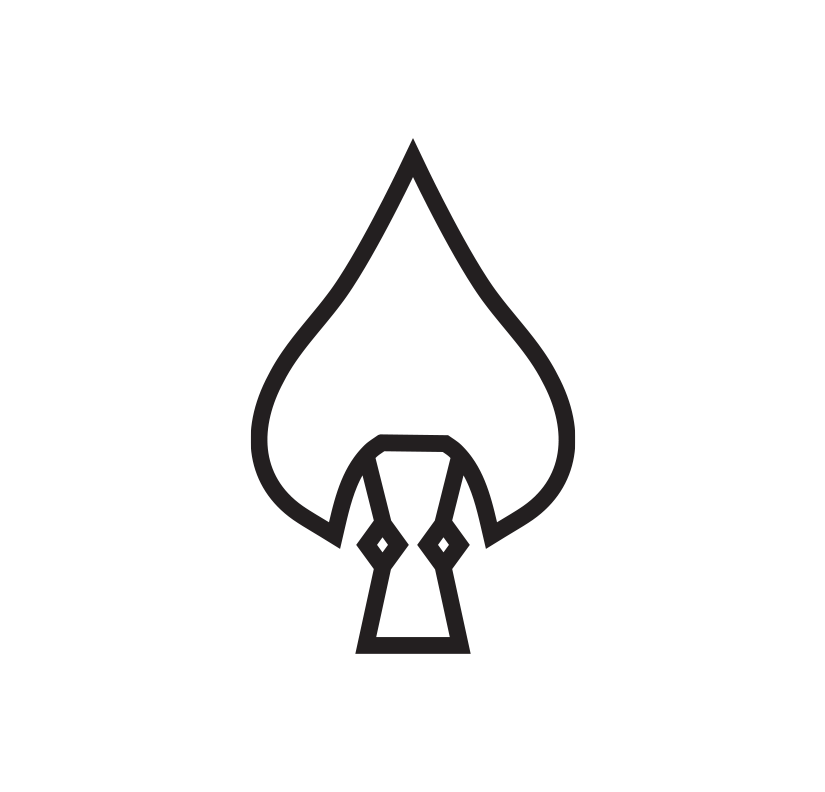The Real Spy (Gadget) Watches of the CIA, Soviet KGB, Turkish MIT and German Intelligence
While Hollywood's depiction of lasers, knockout gas, and grappling hooks disguised as Rolex Submariners and Omega Seamasters is entertaining, it’s largely all a fantastical product of a screenwriter's imagination. In fact, at CIA I was never issued a watch and there were only a handful of times in my career that I used “spy gear;” instead, I regularly relied on low technology solutions to build relationships, recruit spies and steal secrets. The art of human intelligence (HUMINT) has changed little over thousands of years.
That being said, there are several historical examples of intelligence officers leveraging timepieces as tools for concealment, surveillance, and listening devices. In the hyper-niche genre of watches and espionage, it is important to separate fact from fiction and break down the widespread notion of spies wearing gadget-focused watches. In this dispatch, we’ll get into the rare instances where spies did in fact use these sorts of watch-appearing gadgets.

From the Collection of H. Keith and Karen Melton.
We have profiled one instance when CIA Technical Officers modified a digital Seiko to conceal a Tropel T-100 camera inside, however there isn’t any solid evidence that this was actually fielded in clandestine collection. Since that article, we’ve spoken with several officers knowledgeable on the program and none of them were confident it was ever used in such a capacity.
Many real “spy watches” are on display at the International Spy Museum in Washington D.C, however. And much of their history is documented and proven.

Omega Seamaster 300m with a laser embedded in Goldeneye, 1995.
Hanhart Protona:
One well known example of “spy gear” embedded in a timepiece is the Protona Minifon, which contained a microphone to surreptitiously record conversations during the Cold War era. The case was perforated and contained a microphone and a cord ran out of the 9 o’clock up the wearer's arm to the tape recorder. The “watch” itself did not actually keep time and the movement was removed to make space for the microphone.

Recent descriptions of these at auction have suggested that they were used by CIA and other intelligence agencies, many pointing to an operation with detained Moscow-based CIA Case Officer Marti Peterson. The narrative of the “microphone watch” during the detainment of Marti continues today and is repeated in both historical publications and watch media outlets, a myth we debunked in a previous Dispatch (Read Here: Moscow Rules).
But the watch certainly does exist, and was presumably designed and fielded to surreptitiously record conversations. But was it ever actually used for intelligence collection or was it just a gimmick?

The device was designed in the 1950s and produced until Protana closed up shop in 1967. Numerous online forums claim the watch was issued to “German agents on both sides of the Berlin Wall” and involved in the defection of KGB officer Vladimir Petrov in Canberra, Australia in 1954. While there does appear to be a recording device in the latter, we have seen no documented evidence of it actually being this specific tool. In fact, in our conversations with numerous Cold War era CIA Ops and Technical Officers, none of them had heard of Hanhart (including Marti Peterson).
In contrast to the CIA modified bespoke Seiko, the Hanhart was a commercial off-the-shelf (COTS) product, something that intelligence services are often hesitant to use without significant testing, evaluation and modification. Further, while the device was advanced for its time, the watch was bulky and impractical.

Wrist watches on display at "Contact Istanbul" exhibition at Istanbul's Atatürk Cultural Center (AKM) (Photo Credit: Daily Sabah)
That said, a recent exhibition from Turkey’s National Intelligence Organization (MIT) displaying espionage artifacts revealed that MIT indeed used several wristwatches with recording devices for “various operations,” and the watches appear to be Protona Minifon. So we do have some confirmation that this model was used by an intelligence agency, just not the ones that the internet forums would have you believe.
While listening devices and recording conversations are definitely an occurrence in the Intel world, it’s rare at CIA. I don’t recall ever being trained in surreptitiously recording conversations and the only conversations I recorded were in specialty debriefing rooms for “walk ins”- individuals volunteering information to the US government, and they were aware they were being recorded.
Steineck ABC Wristwatch Camera:

Steineck ABC Wristwatch Camera, From the Collection of H. Keith and Karen Melton at the International Spy Museum.
In surveillance operations, photographic evidence of the target can be a valuable piece in the mosaic of intelligence collection and analysis. In the present day, miniscule digital cameras can be embedded in just about anything and long-range cameras are capable of capturing real-time imagery in poor conditions. But that wasn’t always the case. In the early days of the Cold War, capturing photographs of a target required up close surveillance tradecraft. To fill this gap, West German based Steineck produced the ABC Wrist Watch Camera.

Steineck ABC Wristwatch Camera, From the Collection of H. Keith and Karen Melton at the International Spy Museum.
The watch was developed after WWII and produced from 1949 until the late 1950s. The tool is worn on the wrist as one would a watch, but doesn’t tell time. In theory, the metallic dial and leather strap would allow it to pass initial scrutiny at a distance or in low light conditions.

The watch would likely require significant training and practice to capture an acceptable image while appearing to casually check the time. With a press of a button in the side of the case, the surveillant could photograph clandestine meetings or a target conducting an operational act. With a fixed exposure and focal length, not to mention a limit of eight images, the watch would likely need to be used only in ideal conditions and lighting. Again, we have no documented evidence of this actually being fielded by an intelligence service, but that does not mean it never was.
KGB Pocket Watch - Concealment Device:

KGB concealment device pocket watch. From the Collection of H. Keith and Karen Melton at the International Spy Museum. (International Spy Museum)
The passage of sensitive information between the asset –“spy”-- and the handling Case Officer is a crucial part of a human intelligence operation. In the Cold War, tradecraft involving the transfer of film or microdots was common, often through Dead Drops or other impersonal agent handling methods. A concealment device (CD) with a cavity disguised in a benign item would allow the agent or intelligence officer to securely transfer the information across international borders or to the local Embassy for transmission back to headquarters.

This pocket watch was (reportedly) designed by the Soviet KGB (Комитет государственной безопасности -КГБ) for this purpose. At first glance, it is a normal pocket watch that would not draw attention or scrutiny when carried by a diplomat or government official in any western capital. While ostensibly produced in the Soviet Union, the watch contains English writing “TAKE YOUR CHANCE” as it would have been issued to an asset working in an English-speaking country. But the watch contains a secret cavity to hold and conceal film, microdots or a folded note.

CIA Clock with Concealed Receiver (1970s) for covert signaling. A Moscow agent could request an unscheduled meeting by activating a transmitter as he drove past the home of his CIA case officer, who kept this clock on his desk. (International Spy Museum)
The Apple Watch:
While the days of leveraging a traditional timepiece as a piece of spy gear may be obsolete due to technological advancements, the smartwatches, including the Apple Watch, offer endless possibilities for espionage both offensively and defensively. Leveraging “zero day” exploits, hostile intelligence services can remotely and surreptitiously compromise a smartwatch to activate the microphone, camera or pull locational data in real time.
Given these technological advancements, spies of the future will continue to rely on low-tech solutions for timekeeping.
Thank you to the International Spy Museum for the assistance with the background and research for this article. These and other watches are on display at the museum for your next visit to Washington D.C.
--
If you enjoyed this article, please consider signing up for our weekly free newsletter for further updates HERE.
This Dispatch has been reviewed by the CIA’s Prepublication Classification Review Board to prevent the disclosure of classified information.
READ NEXT: Special Boat Service OMEGA Seamaster










5 comments
Watches
I live a decent life, but the Dispatch is the highlight of my week!
Incredible as always! Thank you. Love the closing….well done!
In news today, video watch:
https://www.npr.org/2024/01/30/1227831327/luxury-dior-handbag-south-korea-politics
As a huge Bond fan, I find this really cool. Do you think its Hollywood taking inspiration from the real spies or the other way around?